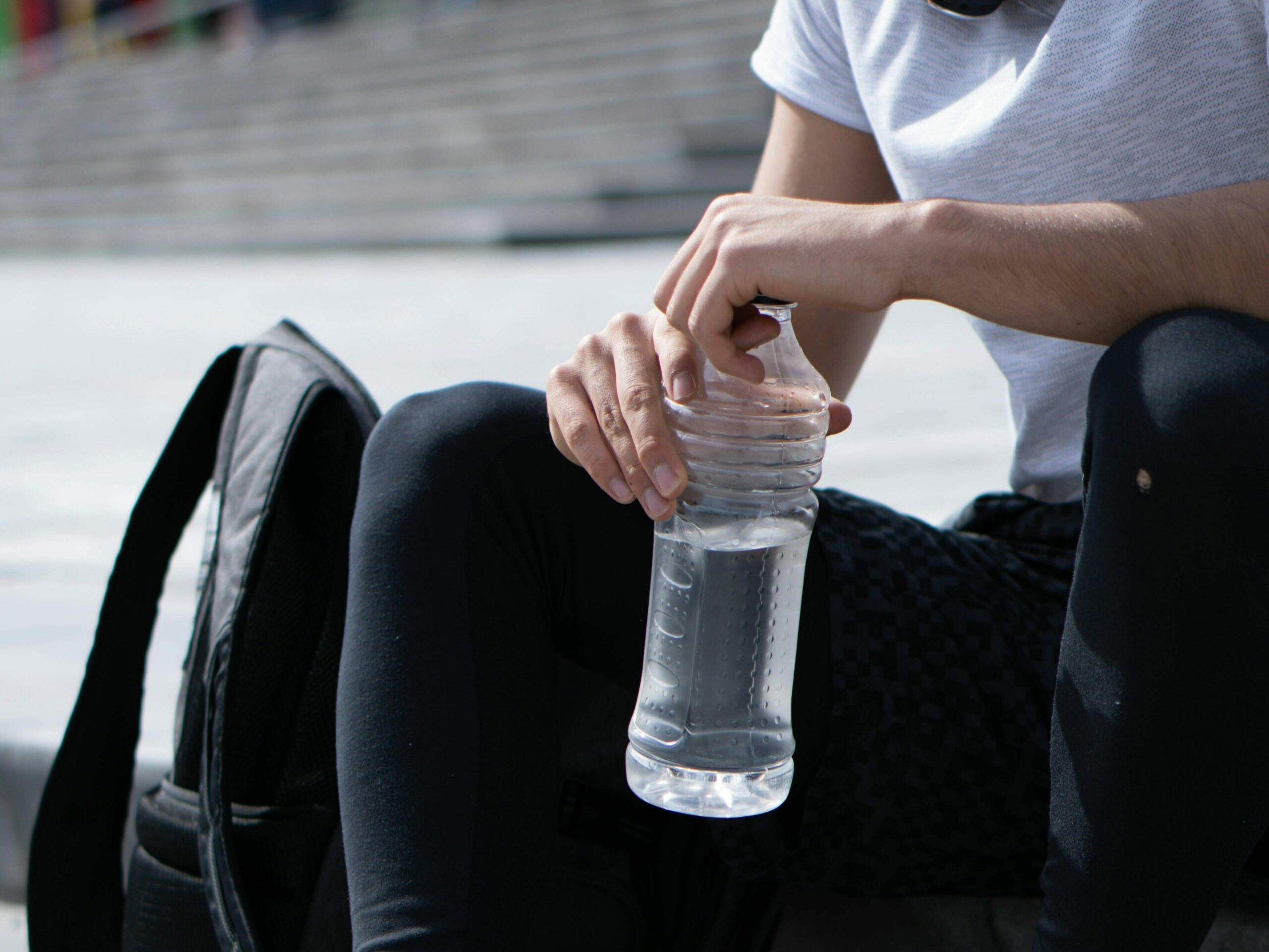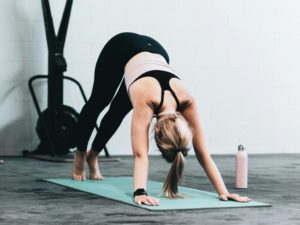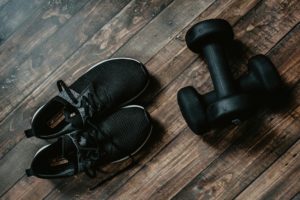Walking or Running In the Heat? Use These Amazing Life-saving Tips for Outdoor Exercise
If you are planning on walking, running, or exercising outside, you need to know how to prepare your mind and body well. These life-saving tips for outdoor exercise can mean the difference between a pleasant workout or a heat-related illness.

Keep reading to find out how to use these lifesaving tips for outdoor exercise effectively and protect yourself. Summer is here and record-breaking temperatures can be detrimental to mental and physical health. We need to take the necessary precautions when going outside, especially when we plan to go for a walk, run, or jog.
Walking, Running, or Exercising Outdoors Risks?
Walking, running, or any exercise that elevates your heart rate can be considered a form of cardio. Along with strength training, it is used in fitness to increase overall wellness and health. Simple everyday activities, like walking or cleaning up the house, can be considered cardio if they raise the heart rate. Cardio is a good way to maintain, manage, or lose weight. Doing exercise at a higher heart rate range uses more energy, hence increasing calories burnt.
However, there are risks in doing cardio outdoors, particularly with the current summer temperature. When you exercise outdoors matters, how long you are outside, the intensity, etc. All of these factors can potentially affect your body’s ability to regulate temperature which can put you in danger of heat-related illnesses. Harsh UV rays and humidity pair together to make a temperature the body has trouble dealing with.
Our bodies take about 2 weeks to get used to higher temperatures, according to this. We sweat more efficiently, the cardiovascular system becomes more efficient, and salt is retained, making us retain more water. These changes may help, but harsh heat waves and high humidity are a dangerous combination regardless.
Life-saving Tips for Outdoor Exercise
Here are some life-saving tips for outdoor exercise that can be used to protect yourself in these harsh temperatures. It can be dangerous for physical health, leading to dehydration, heat exhaustion, or other heat-related illnesses. Plus, make sure you check out this guide on how to deal with record-breaking temperatures and stay safe always.
1. Drink a Glass of Ice Cold Water Beforehand
Most of the time, when we are trying to hydrate, it can be beneficial to drink room temperature or slightly warm water. This is because the water may help expand blood vessels in order to increase absorption. However, one small study found that athletes who drink ice-cold water before working out were actually able to maintain a lower body temperature during their exercise. In other words, cold water before a workout helps keep you cool during the workout. If you are planning to do any form of exercise outdoors, make sure you are properly hydrated beforehand. It can be very beneficial to drink a cup of ice-cold water beforehand in order to increase hydration and keep your core temperature low.
2. Sip on an Electrolyte Solution During
Hydrating beforehand is important, but hydrating during is essential. If you’re going to do any sort of physical activity outside, it is important for you to bring an electrolyte solution. This is a mixture of electrolytes including potassium, sodium, magnesium, and more that can be very beneficial to the body. This solution can be absorbed efficiently and can help hydrate the body rapidly. Sip on an electrolyte solution while you are working out to replace any lost fluids during your workout.
3. Wear More But Light
If you’re going to be outside, it might sound counterintuitive but you need to wear more. Wearing more means covering up with long sleeves, sunglasses, or hats. This will physically protect your body from harsh UV lights. However, this does not mean wearing thick long-sleeved shirts or dark clothing. On the contrary, the clothing we cover up with should be light both in fabric and in color. Light fabric should be breathable like cotton or linen and the color of this fabric should be white. White tends to help sun rays and light bounce off whereas black clothing tends to absorb more heat. So remember, the easiest way to protect yourself if you are going to be outside for a long period of time is to wear light clothing.
4. Don’t Stray too Far
This tip only applies if you’re planning to go for a walk, run, or jog outdoors. If you are planning to go a certain distance, make sure it is not too far from your home. Account for travel time back as well when you are planning your route. Straying too far from home may leave you overheated and stranded before you can reach the safety of your home. A good tip for this is to plan to reach a certain point at which you can take a small break. After taking a break and rehydrating, you can make the journey back home a bit more enjoyable.
5. Avoid Peak Hours
Peak hours of heat can range from 10 am to 6 pm. It can be hottest right at noon lasting up till 2 pm or maybe peak sunlight is from 11 am to 3 pm. Peak heat hours depend on the area you live in. Make sure you are checking and taking note of when peak UV rays are. Instead of going on a walk at this time, avoid peak hours altogether. Go on an early morning walk or one late in the evening. This will allow you to exercise outdoors without having to face the extreme afternoon heat.
Bonus Tip: Keep Up With Warnings
At the end of the day, it’s better to be safe than sorry. Try to avoid heat waves coming in. No when they are coming by keeping up with your local weather warnings. Heat waves can be detrimental to health, so it’s best to avoid them altogether even if it means skipping your regularly scheduled outdoor exercise session. Also, take note of humidity levels. With humidity and sunlight, the temperature may say 88°, but it may feel like 100°.
The Takeaway
It could be fun to work out outside but it may be dangerous during the record-breaking temperatures of summer. These life-saving tips for outdoor exercise can mean the difference between having a good cardio session or having a heat stroke.
Remember that health comes from within, so eat healthy foods, exercise when you can, and take care of your mental health. Daily habits become the building blocks for emotional, mental, and physical health. Take care of your gut health too! Learn everything you need to know about gut microbiota today for free here.





